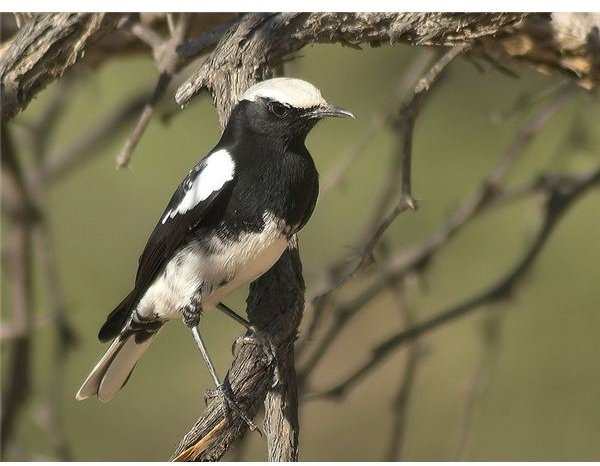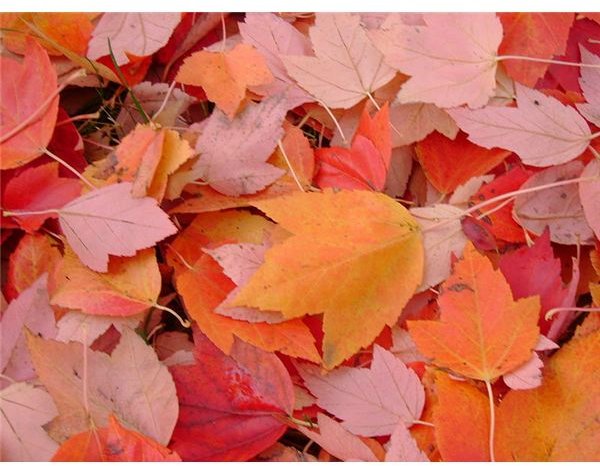Nature Photography Guide
Nature has some of the most beautiful scenes and subjects to offer. Mountains, wildlife, birds, trees, waterfalls, rocks, sea, desert, sunrise, sunset, snow and the list just goes on and on. If you’re reading this guide you’ve surely clicked a few photos of nature, but looking through the viewfinder and pressing the trigger isn’t enough. If you really want to capture the true magic of nature, you must hone your photography skills. So, let’s walk you through some practical tips, tricks and techniques of nature photography.
For the Beginners
Want to learn nature photography right from scratch? Then let’s get you started with some basics on what all nature photography entails, the basic equipment needed and the basic techniques. It doesn’t matter where you live; you won’t have difficulty finding some natural scene or subject to capture through your lens. Since you’re just starting out you need to learn simple things like how to choose a subject, the best times for shooting nature, the basic camera settings for different types of scenes and how to use natural light to your advantage etc. At this point you don’t need to go too far in search of a subject, just look for the closest natural spot to begin practicing what you learn from these articles.
- A Guide to Nature Photography
- Nature Photography for Beginners
- Nature Photography: Getting the Most out of Your Outdoor Shoot
- Nature Photography - Tips & Thoughts on How to Take the Best Photographs of Nature
- Nature Photography- “Begin With Your Subject In Mind”
- Nature and Landscape Photography
Understanding the Technique
In nature photography one of the most important things to master is working with natural light. There is no way you can have a big enough lighting setup to cover a mountain range or the expanse of the ocean, so you need to learn how to make the best use of whatever natural light is available. That’s what you will get to learn at the links given below. Often nature photographers use filters to overcome the problems faced due to uncontrolled lighting conditions, and you can learn more about the use of filters in nature photography at the last link on this list.
- Nature Photography Lighting Tips
- Landscape Lighting - An Introduction
- Tips on Shooting in Low Light Situations
- Tips on Taking Photos in Direct Sunlight
- Existing Light Photography
- Finding the Best Camera Filters for Nature Photos
Genres Within Nature Photography
So far the techniques and concepts were similar for most genres within nature photography, but now we’ll focus on tools and techniques for individual genres. Nature photography is too wide a subject – it includes everything: insects, birds, wildlife, trees, flowers, mountains, grasslands, water bodies, seasons, storms etc. But for now we’ll put it into five broad categories, to keep things simpler.
Landscape Photography
Landscape photography is not as simple as pointing at a scene and pressing the trigger. There is much more to it and only if you learn the ins and outs of landscape photography can you expect to take breathtaking photographs.
-
Landscape Photography - Learn to Take Stunning Scenic Pictures
-
Choosing Viewpoints when Photographing Landscapes and People
-
[Capture the Mountains!
](https://www.brighthub.com/multimedia/photography/articles/34995.aspx)
-
How to Take Great Photographs at the Beach: Tips and Techniques – Part 1
-
How to Take Great Photographs at the Beach - Additional Tips and Techniques - Part 2
Shooting Birds and Wildlife
Wildlife and bird photography is always challenging – capturing the details of the subject is often difficult because wildlife and birds are usually on the move and because they shy away as humans approach. If you don’t have the right gear and if you don’t know the right technique, you don’t stand a good chance of getting a single good photograph even after a hundred tries.
-
Capture the Best Wildlife Photos: Top 10 Tips on How to Prepare
-
[Guide to Animal Photography: Knowing the Techniques to Take Pictures You’ll Love

](https://www.brighthub.com/multimedia/photography/articles/881.aspx)
-
Tips on Capturing Photos of Birds in Flight: Preparation and Equipment
Trees and Flower Photography
Trees and flowers are excellent subjects – trees for their shapes and flowers for their colors and textures.
-
The Best Lighting, Perspective & Backgrounds for Flower Photography
-
[Flower Photography Tips - Depth of Field, Macro & Bugs!

](https://www.brighthub.com/multimedia/photography/articles/28500.aspx)
-
Getting Accurate Color when Photographing Flowers Doesn’t Have to be Hard
-
Flower Photography Inspiration & Creative Ways to Show Off Your Photos
Taking Photos of Water
Water, whether flowing or still, is one of the most interesting things to capture with your camera. Springs, ponds, lakes, rivers, seas and oceans – there are so many options to take some compelling photographs. Play a little with your camera settings and you can create surreal photos of water.
-
[Using a Long Shutter Speed to Photograph Water

](https://www.brighthub.com/multimedia/photography/articles/95274.aspx)
-
[How to Photograph Waterfalls and Rivers - Digital Photography Tips](https://www.brighthub.com/multimedia/photography/articles/11218.aspx - secn_1)
Photographing Seasons
Every season has its own charm! Photos of different seasons evoke different feelings – spring photos lift your spirits and autumn photos leave you nostalgic. But it all depends on how well you capture the variant shades of these seasons through your camera lens.
-
[4 Things Your Digital Camera Hates about Summer - Digital Camera Care

](https://www.brighthub.com/multimedia/photography/articles/32790.aspx)
Each of these categories has a different element and charm to it, and you must try your hands at all of these before you decide to specialize or concentrate on just one particular genre.
Now that you have a few great tricks and techniques up your sleeves, plan up a weekend with nature to practice your newly learned skills. But be sure to have your photography gear ready before that. And when you’re back we’d love to hear your experiences – feel free to discuss your adventures with nature photography using the comment box at the bottom of this guide.
References
- Image Credit: Flower Photogrpahy - AngMoKio/WikimediaCommons
- Image Credit: Photographing Waterfalls - Brookie/WikimediaCommons
- Image Credit: Bird Photography - Hans Hillewaert/WikimediaCommons
- Image Credit: Photographing Seasons - Symphony999/WikimediaCommons
- Image Credit: Landscape Photogrpahy - jean-pierre Hamon/WikimediaCommons
